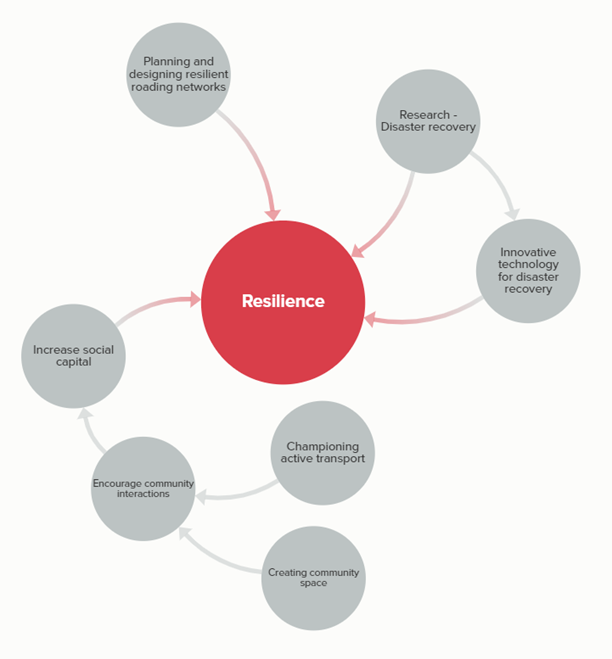I have always had an interest in sustainability and the environment. Growing up in the Maldives – an archipelago of islands just one meter above sea level, was a constant reminder of the effects of climate change. Leading scientists have reported on the rapid erosion of the islands and increasing water temperatures that have led to mass coral bleaching events.
Training to solve the big issues
I knew I wanted to be involved in the solution but at the time I didn’t know how complex the problems were. After high school, I decided to complete a degree in Natural Resources Engineering at the University of Canterbury (UC). Natural resources engineering caught my eye as I felt that managing our scarce and depleting natural resources was going to be an important aspect of mitigating the effects of climate change.
The course, “Sustainable Engineering for a Changing Climate”, introduced me to the concepts of urban systems, interdependencies, and resilience. I also gained an interest in community resilience and the social impacts of disasters. A key learning for me was that sustainability and resilience go hand in hand. Sustainability is about climate change mitigation, resilience is more to do with adaptation. Both are required in the fight against climate change.
I went on to spend a summer modelling the resilience of interdependent infrastructure systems with the Civil Systems Group at the University of Canterbury. I modelled the water supply, wastewater, and electricity networks to look at the cascading failures caused by natural hazards like earthquakes or floods. These infrastructure systems need to be resilient in the face of climate change as extreme weather events will become more frequent.
Community and the road network: backbones of resilience
Although I did not model the road network in this summer modelling project, I learned almost all infrastructure systems were dependent on it. For example, our pipes and cables are buried under roads and berms and above-ground infrastructure such as power poles are usually placed along roads. The road network also provides a pathway for emergency services. The 2016 Kaikōura earthquake is a clear example of how critical the transport network is in times of crisis. The earthquake caused significant damage to State Highway 1 and the Main North Line railway from Picton to Christchurch, leaving communities isolated and vulnerable. In the event of a natural disaster, the temporary or permanent reconstruction of the transportation network impacts the rate at which other infrastructure can be restored. Therefore, the resilience of transportation systems has significant economic and social impacts.

Kaikoura earthquake
The importance of having a resilient transportation system cannot be understated. However, building community resilience is also an important role for us as transportation practitioners. Creating community spaces and promoting active modes of transportation encourages people to connect and interact with one another. This builds a sense of community and social capital. Social capital is the ability for community members to work together toward a common purpose. In a post-disaster context, this would include neighbours and community members looking out for one another by sharing food, resources and services. These actions were crucial following the Kaikōura earthquake. Kaikōura locals provided aid to tourists and locals alike out of Takahanga Marae immediately after the earthquake while waiting for aid from the National Emergency Management Agency.
How Abley improves resilience
The diagram shows a snapshot of how Abley supports better resilience. Our involvement in resilience includes social and technological aspects.

Supporting better resilience
This was ultimately what drew me to transportation engineering and Abley in particular. The prospect of being involved in meaningful projects which benefit community wellbeing excited me. I am now a few months into my role as a graduate transportation engineer at Abley and I am excited to keep working on meaningful projects and learn from the wealth of knowledge in this company.

.png?width=556&height=152&name=Abley_MasterLogo-Website%20(1).png)


